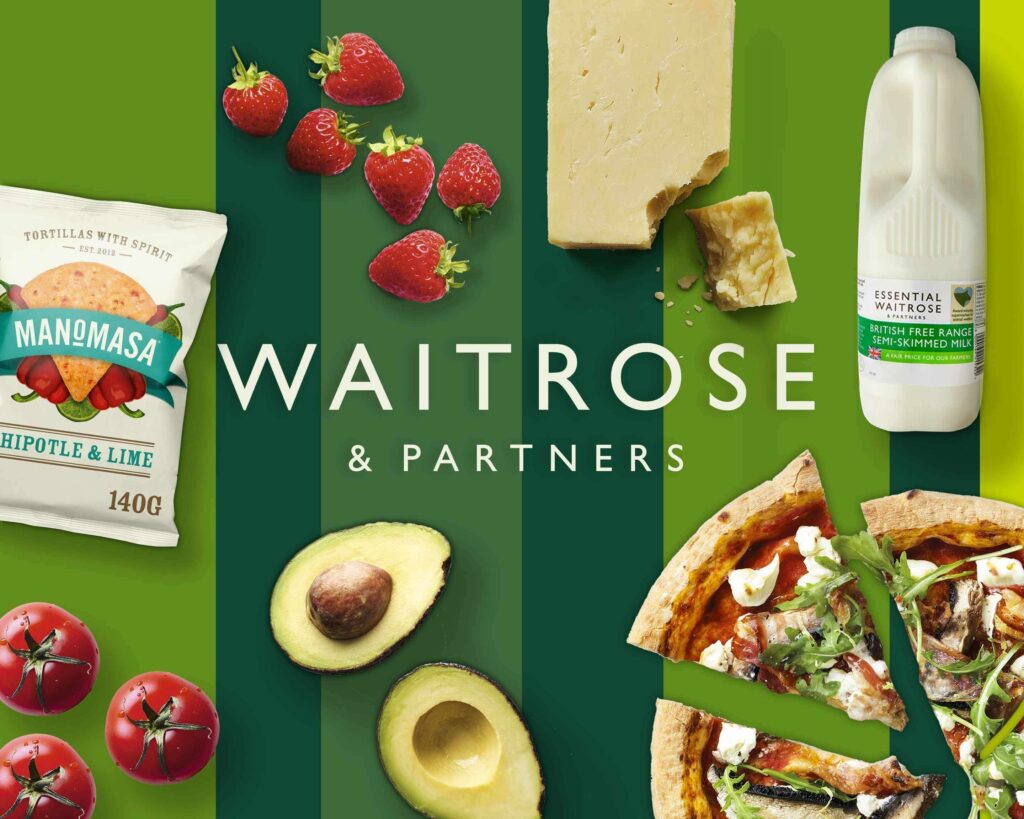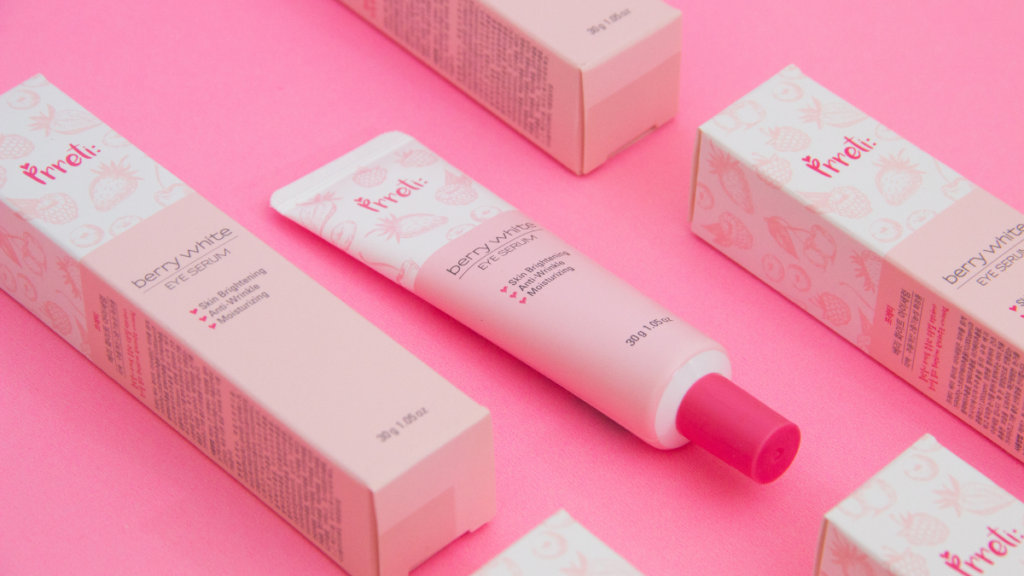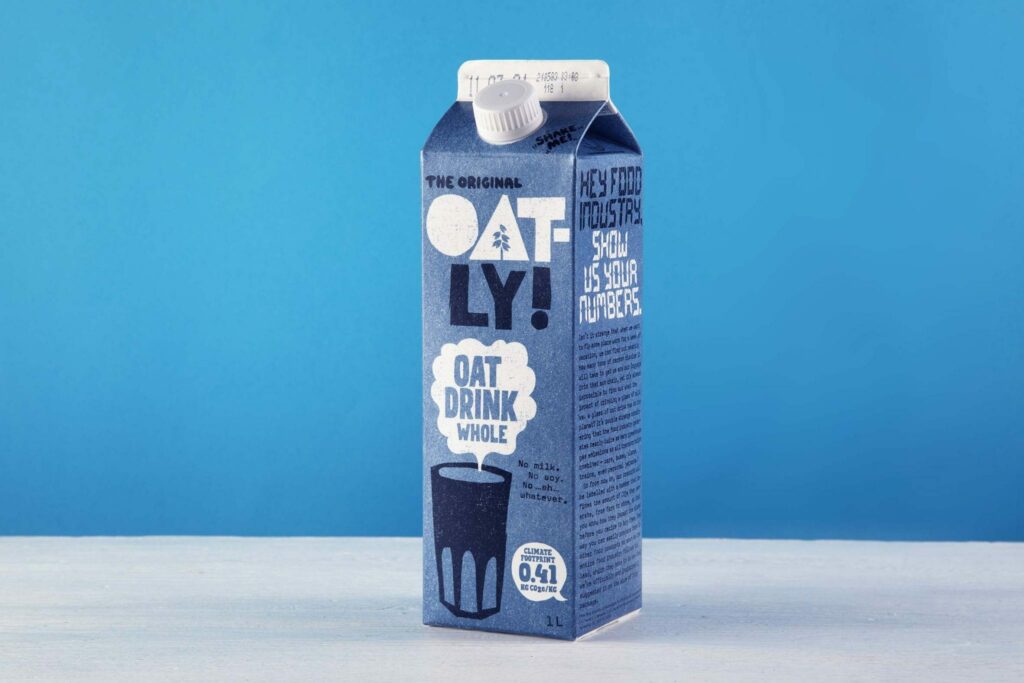In the fast-evolving world of digital marketing, the way we consume content is changing. With less reliance on desktop and laptop computers and rapidly expanding mobile technology, consumers can choose exactly when, how and where they access the internet and interact with online content. To grab the attention of this busy on-the-go audience with a short attention span, only the most engaging, flexible and value-adding content formats will continue to make the grade. With recent research showing that 1 minute of video is worth 1.8 million words (Forrester Research), now is the time to say goodbye to text – and welcome to a golden age of video marketing.
This is all very well for the large global brands, but what if your brand is small, or new? Smaller businesses can be put off by the perceived expense and technical issues involved in creating regular quality video content, so is it really worth the effort? The stats would seem to suggest that it very definitely is.
A Cisco report predicted that by 2018, a staggering 78% of global consumer internet traffic will be video. Adding video to your website landing page has been shown to increase conversions by 80% (Invisia), and to engage audiences to reduce your bounce rate. The average user spends 80% more time on a website with video (Mist Media). What’s more – looking at the the ultimate metric, 76% of businesses report that video has been good for their ROI (Wyzowl).
The numbers speak for themselves, but if you still need convincing have a look at our top reasons why video content is king in brand marketing:
- It can provide useful information on your products
Consumers want enhanced information on products and services – particularly new ones. Explainer videos are a brilliant way of adding value to the customer experience whilst at the same time positioning your brand as helpful and knowledgeable. Your brand becomes not just a service or product provider, but also an expert information resource. And that’s good for sales. 74% of viewers who watched an explainer video went on to purchase the product or service (Wyzowl).
- It can shape and reinforce your brand identity
As part of an integrated branding strategy, video content is the most effective way of getting across your your brand identity and story. Video appeals to all of the senses – you can use sound, music, attractive visuals, narrative, emotion, humour and mood to convey what you want people to ‘feel’ about your brand. And how they feel has a huge impact on their consumer behaviour. If they feel connected to your brand through your authentic use of video, they will develop trust and form a relationship with your business.
- It’s the most engaging of all content formats
Research at Diode Digital showed that 60% of online viewers will watch a video before reading any text. Video advertising also has the highest CTR of all digital format advertising and consumers are much more likely to click on video than static banner ads (Sizmek). Social media platforms are increasingly being optimised for video content, and video is shared a huge 1200% more than links and text combined on Social Media. (Simply Measured). It’s also beneficial for brand recall. 80% of consumers can remember a brand video they’ve watched in the last month (Hubspot).
- It’s great for brand SEO
Google owns YouTube so it’s not surprising that video content often comes high up in searches. In fact, your brand is 53x more likely to be at the top of Google search results if you have video embedded on your website (Moovly). Make sure your videos are SEO optimised to aid this, using keywords, SEO titles, and back-links to your products and other pages.
- It can revolutionise your emarketing
Embedding video content in your enewsletters can transform their impact. Hubspot reports that click-through rates can be boosted by 200% – 300% by the addition of video content.
- It’s flexible and works well on all devices
Video content works equally well on everything from PCs and laptops to tablets and smartphones and is particularly suited to a dynamic, out-and-about audience. With increasing mobile device usage and the growth of m-commerce, video is the perfect medium for reaching the mobile generation.
Small Films are video content specialists. By combining strategic minds with creative flair we create powerful stories with video that deeply resonate with audiences, supporting our clients to achieve their ambitions in growing their organisation, brand or campaign. Contact us here.







